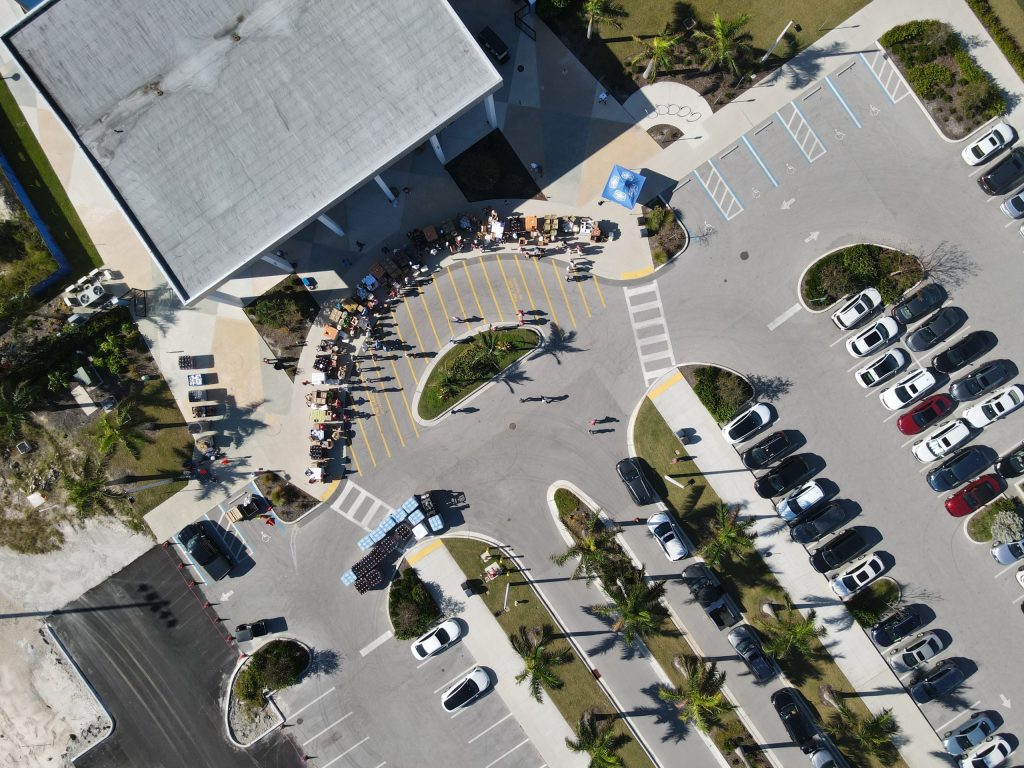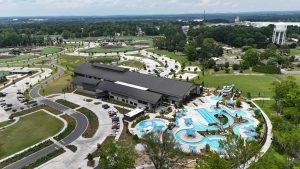Image Source: Paradise Coast Sports Complex
When disaster strikes, communities need safe havens and efficient distribution centers. Youth sports facilities can be crucial assets in emergency response efforts. Below are a few reasons why many sports facilities make great locations for emergency response centers, how these venues can serve as shelters and disaster distribution centers, and what facility managers can do to prepare for this critical role.
Why Youth Sports Facilities Make Excellent Emergency Centers
Youth sports facilities possess several characteristics that make them ideal for emergency response:
- Central Location: Often situated in easily accessible areas, these facilities are convenient for both evacuees and first responders.
- Large Capacity: Spacious indoor areas like gymnasiums and outdoor fields can accommodate hundreds or thousands of people.
- Essential Amenities: Most facilities are equipped with restrooms, showers, and electricity – vital resources during emergencies.
- Versatile Spaces: Open areas can be quickly repurposed for various needs, from sleeping quarters to supply storage.
Ready to make an impact in your community?
Dual Roles: Shelter and Distribution Center
Emergency Shelter
In the face of natural disasters or other crises, youth sports facilities can transform into sanctuaries:
- Indoor spaces can be sectioned off to create sleeping areas
- Outdoor areas may serve as cooking and dining spaces when safe
- Existing amenities provide comfort and basic necessities for evacuees
Distribution Center
The layout and infrastructure of these facilities make them excellent hubs for aid distribution:
- Large indoor spaces can store and organize supplies
- Open fields or courts are ideal for sorting and packaging goods
- Central locations facilitate easy access for those in need
Preparing Your Facility
To ready your youth sports facility for potential emergency use:
- Partner with local emergency management agencies
- Develop an emergency response plan
- Train staff on emergency procedures
- Maintain an inventory of essential supplies
- Ensure backup power systems are in place
- Regularly review and update your facility’s capabilities
Success Stories from the SF Network
Several facilities in our network have already played crucial roles during disasters and even more are prepared to do so if it becomes necessary:
Paradise Coast Sports Complex (Naples, FL)
In the aftermath of Hurricane Ian in 2022, this facility partnered with St. Matthew’s House to become a distribution center. They provided food and water to 741 families affected by the Category 5 hurricane.
Rocky Top Sports World (Gatlinburg, TN)
Following the 2016 Gatlinburg wildfires, Rocky Top Sports World served as a Red Cross shelter. The facility housed and fed thousands of evacuees and those who lost their homes.
The Bigger Picture
The partnership between FEMA and the NFL to use professional stadiums as disaster response centers highlights the growing recognition of sports facilities as valuable community assets during crises. While on a smaller scale, youth sports facilities can play an equally vital role in their local communities.
By preparing to serve as emergency shelters and distribution centers, youth sports facilities can significantly enhance community resilience. This dual-purpose approach not only utilizes existing resources effectively but also strengthens the bond between these facilities and the communities they serve.
In conclusion, as extreme weather events and other emergencies become more frequent, the role of youth sports facilities in disaster response will only grow in importance. By embracing this responsibility, facility managers can ensure their venues are not just centers for athletic achievement but also beacons of hope and support when their communities need them most.






